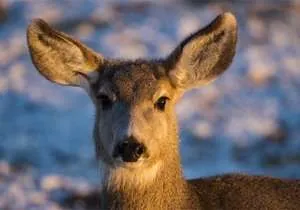Research focused on broods and pairs
Ducks Unlimited bases its conservation programs on what its scientific research shows are the best habitats waterfowl need to be healthy and reproduce. Although DU has completed a great deal of research, answering many important questions, there is still much to learn about how the birds respond to landscape, habitat and environmental changes. Through this research, DU ensures it’s using each dollar invested in conservation programs as effectively and efficiently as possible.
DU, in collaboration with partners, will be conducting a study this summer on whether oil and gas activity in the Prairie Pothole Region (PPR) of North Dakota is affecting waterfowl productivity. Partners involved in this study are the Prairie Pothole Joint Venture, the N.D. Game and Fish Department, the U.S. Fish and Wildlife Service’s Region 6 Habitat and Population Evaluation Team, and the Central Flyway Council.
Nearly one-third of the PPR overlaps with a geological shale formation known as the Bakken, which is currently experiencing rapid rates of oil and gas development. Despite the importance of this area to breeding waterfowl and the rapid infrastructure development, very little research is currently investigating how birds’ productivity rates are responding. Therefore, there is little science-based information available to facilitate effective conservation targeting decisions.
DU and partners completed a pilot brood survey in 2014 in the PPR area of the Bakken. Biologists surveyed over 2,000 basins on 30 study plots across a spectrum of oil and gas development intensity levels. To fully address the relationship of oil and gas development and waterfowl productivity, the sample size will be expanded this year and research will continue for several years.
Source: Ducks Unlimited




